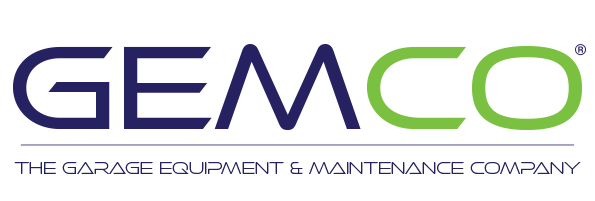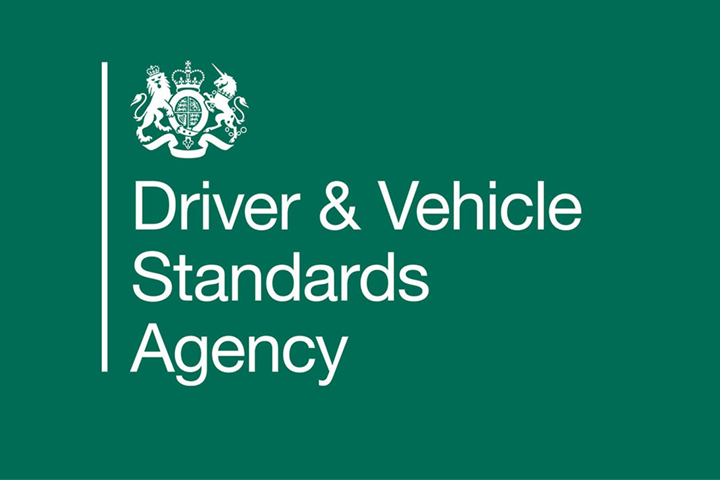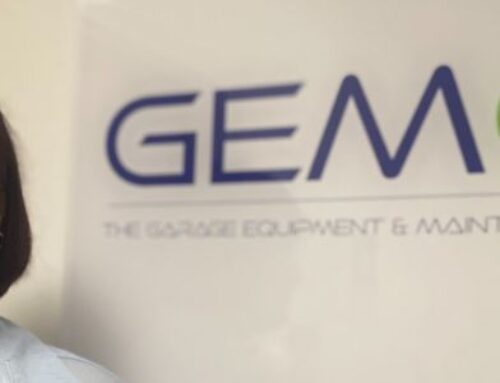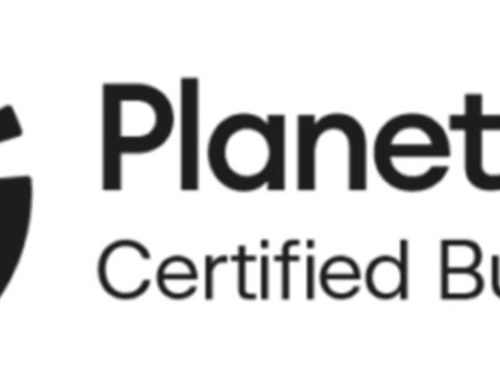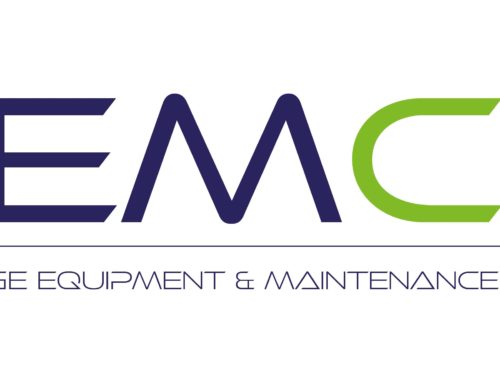1. About MOT connected equipment
Some types of equipment can connect directly to the service you use to record MOT test results. This means that test results can be automatically transferred to service without the need for manual data entry.
The Driver and Vehicle Standards Agency (DVSA) is introducing a rule that means new or replacement equipment you buy must be able to connect to the service.
The first piece of equipment this applies to is roller brake testers (RBTs). The rule applies from 1 October 2019.
2. Who it applies to
The rule applies to any applications to:
- open a new MOT centre
- reopen a closed MOT centre (this applies regardless of how long it’s been closed)
- make a change of ownership of an MOT centre (where it moves from one authorised examiner (AE) to another)
It also applies if you want to:
- replace the current RBT
- add an extra test lane including an RBT
2.1 Who the rules do not apply to
The rule does not apply if:
- you’re making a change to an existing AE (for example, where you add a new partner and keep the same AE number)
- your application was received by DVSA before 1 October 2019 – you can install any RBT that was approved at the point you applied
3. How you connect equipment
You need a software code (called a ‘key’) to connect equipment to the MOT testing service.
You must get the key before you install your equipment.
Email motadministration@dvsa.gov.uk at least 14 calendar days before your equipment is due to be installed. You need to include this information in your email:
- your MOT centre number (sometimes called ‘vehicle testing station’ or ‘VTS’ number)
- your AE name and number
- why you need a key, for example, you’re installing new equipment, or you’ve lost the original key
- which type of equipment is being installed, for example, an RBT
- the name, role, username (if applicable) and email address of the person who needs to be sent the key
You must keep keys secure. Only give them to the engineer installing your equipment.
You’ll get instructions about how to use the key when it’s sent.
3.1 After the equipment is installed
Connected equipment only sends results for live MOT tests – it does not have a trial mode. You and the tester need to check that the results have been sent through on the first test after the equipment is installed.
Contact the equipment supplier immediately if results are not sent through.
3.2 Connecting existing compatible RBTs
You may be able to install software on existing RBTs to allow them to connect to the MOT testing service. Check with your supplier to see if your equipment is compatible.
3.3 If you’re upgrading equipment
The AE designated manager or site manager must tell DVSA if an existing authorised MOT centre is upgrading to connected equipment.
Sign in to the MOT testing service.
Go to the VTS page.
Select Change testing equipment.
Enter the details.
Email motadministration@dvsa.gov.uk to request a connection key. Include the information listed in section 3.
4. What happens if equipment fails
The rules about equipment failing are not changing. They’re in section B4, paragraph 4 of the MOT testing guide.
If the RBT fails, you can continue testing pre-booked tests for 2 days using a decelerometer. You must then stop testing.
However, if the problem is only with connecting to the MOT testing service, you have 7 calendar days to fix the problem. After this, you must stop testing.
The MOT testing guide will be updated to reflect this.
5. Other types of connected equipment
DVSA plans to introduce other types of connected equipment following on from successful trials. These are:
- emission gas analysers
- diesel smoke meters
- decelerometers
- headlamp beam testers
DVSA will issue special notices when this equipment will be introduced into the test. This should be in early 2020.
